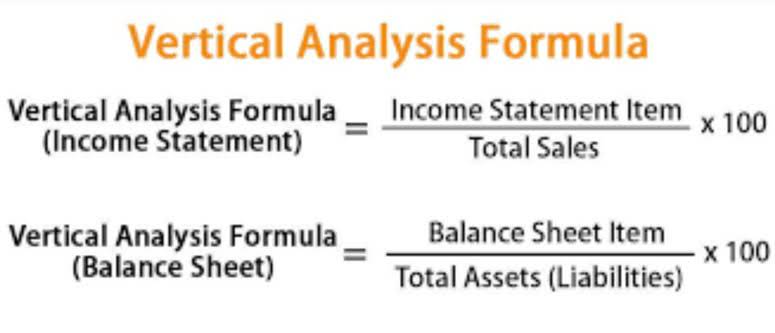
Oftentimes, financial institutions will allow the CD holder to break their financial product in exchange for a forfeiture of interest (i.e. the last six months of interest is foregone). If a financial institution does not allow this option, the CD should not be treated https://www.bookstime.com/articles/law-firm-chart-of-accounts as a cash equivalent. This is especially true for longer-term products such as five-year CDs that must be held to maturity. It may be inefficient to sit on these resources instead of deploying them for company growth or rewarding investors with dividends.
Statement of Cash Flows Example
It produces what is called the net cash flow by breaking down where the changes in the beginning and ending balances came from. The same logic holds true for taxes payable, salaries, and prepaid insurance. If something has been paid off, then the difference in the value owed from one year to the next has to be subtracted from net income. If there is an amount that is still owed, then any differences will have to be added to net earnings. Additionally, it shows where we find the calculated or referenced data to fill in the forecast period section. When all three statements are built in Excel, we now have what we call a “Three-Statement Model”.
Which Kinds of Cash Flows Show Up in Operations?
However, because there is risk that a refund cannot be processed timely or there may be only a partial return of funds, prepaid assets are not considered cash equivalents. As we’ve covered above, cash accounting only recognises revenue and expenses when the transaction has been settled. This means you can only update your books once an invoice has been paid by a customer, or once you’ve paid a bill.
- Cash flow analysis examines the cash that flows into and out of a company—where it comes from, what it goes to, and the amounts for each.
- Other companies may also have a higher capital investment which means they have more cash outflow rather than cash inflow.
- These losses are reported in the financial reporting account called « accumulated other comprehensive income. »
- For this reason, the balance sheet should be compared with those of previous periods.
Cash Flow from Operating Activities
The CFS should also be considered in unison with the other two financial statements (see below). The items in the operating cash flow section are not all actual cash flows but include non-cash items and other adjustments to reconcile profit with cash flow. For instance, investing cash flow might be negative because a company is spending money on assets that improve operations and the products it sells. It’s important to monitor free cash flow over multiple periods and compare the figures to companies within the same industry. If free cash flow is positive, it should indicate the company can meet its obligations, including funding its operating activities and paying dividends.
Cash Flow From Investing Activities (CFI)

For this reason, a balance alone may not paint the full picture of a company’s financial health. The first step is calculating your company’s operating cash flow (OCF), that is, cash flow from operations. A cash flow statement tells you how much cash is entering and leaving your business in a given period. Along with balance sheets and income statements, it’s one of the which of the following are components of cash flow from assets? three most important financial statements for managing your small business accounting and making sure you have enough cash to keep operating. Direct cash flow statements show the actual cash inflows and outflows from each operating, investing, and financing activity. While the indirect cash flow method makes adjustments on net income to account for accrual transactions.
The new security standard for business payments

In the table above, the fifth column represents the value Apple assigned as cash and cash equivalents. U.S. agency securities, certificates of deposit and time deposits, commercial paper, corporate debt securities, and other asset classes as well. In Note 4 to its financial statements, Apple provides a substantial amount of information regarding what comprises this cash and cash equivalent balance. Apple classifies its broad assortment of financial instruments as cash, Level 1 instruments, or Level 2 instruments (based on how the item is valued). Because of the uncertainty regarding client creditworthiness, outstanding account receivable balances are not cash equivalents even if the invoice is due or shortly to be due. Even if a debt is ready for collection, there is no guarantee the client will be able to pay.
What Is a Cash Flow Statement?
- A balance sheet explains the financial position of a company at a specific point in time.
- While it gives you more liquidity now, there are negative reasons you may have that money—for instance, by taking on a large loan to bail out your failing business.
- Under IFRS, there are two allowable ways of presenting interest expense or income in the cash flow statement.
- With cash accounting, you also only have to pay tax on money you’ve actually received rather than on invoices you’ve issued.
- Since we received proceeds from the loan, we record it as a $7,500 increase to cash on hand.
- It cannot give a sense of the trends playing out over a longer period on its own.
